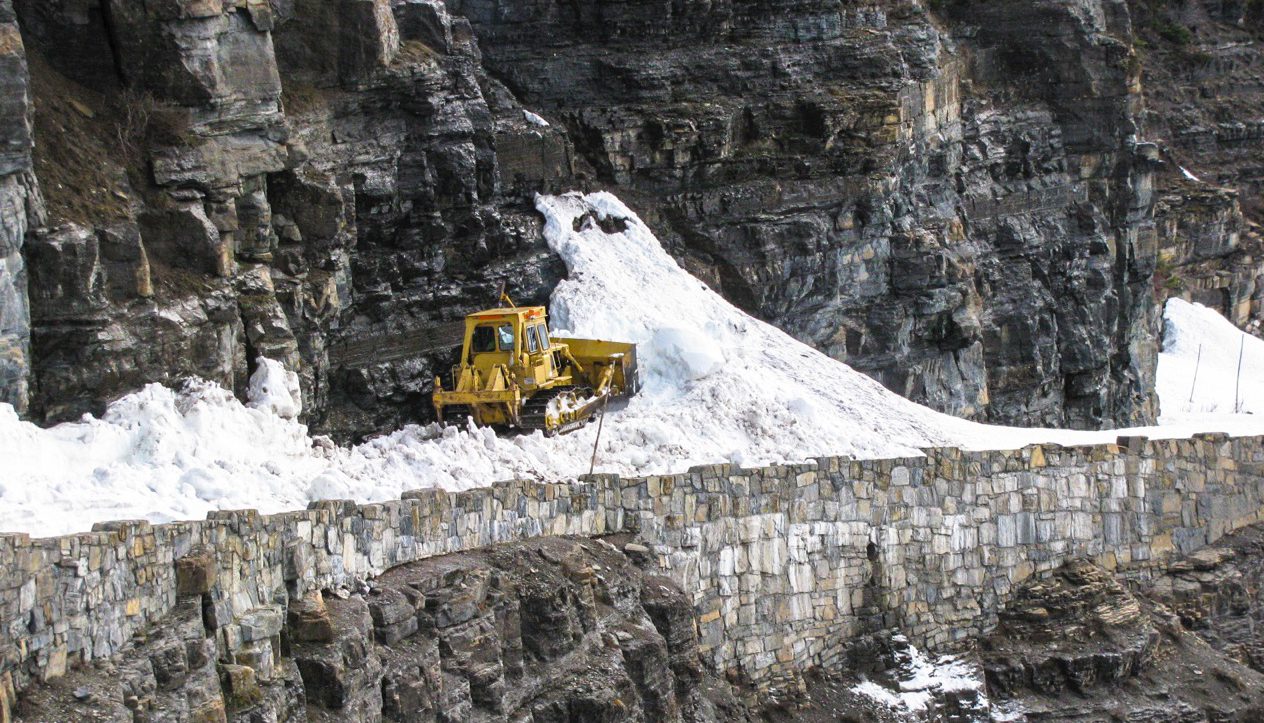One of the best family-friendly and scenic trails in Olympic National Park is going to reopen this weekend!
For months, visitors to Olympic National Park’s Lake Crescent have had to endure a closure on the eastern part of the Spruce Railroad Trail (SRRT) from the Lyre River Trailhead. Because of the closure, the million visitors to the park this year have had miss the stunning sights found at the stunning tourist draw of Devil’s Punchbowl. Due to much needed construction, the trail was only open in sections. Luckily, we have endured the needed repairs and it was just announced that this phase of improvements, including the McFee Tunnel, will be open to the public, starting Sunday, July 16th!
Official press release from Olympic National Park reads as follows:


“The last load of logs was hauled through the McFee Tunnel on the Spruce Railroad Trail (SRRT) and will be used for a radically different purpose than the intention of the historic Spruce Railroad. A side-by-side comparison of the recent and historic photographs of the McFee Tunnel offers an opportunity to pause and reflect; to look back on the ride along the track of time and forward down the line ahead.
Nearly 100 years after the railroad was built with the intention of logging and transporting lumber for the war effort, trees are now removed to improve the SRRT and provide universal accessibility. Today, the railroad grade is part of Olympic National Park and the SRRT is a piece of the 134-mile long Olympic Discovery Trail which will eventually connect Port Townsend to La Push—Puget Sound to the Pacific Ocean.
The trees removed from sections of the SRRT, some complete with root wads, have been utilized by the park to preserve fish habitat in road damage repairs along rivers throughout the park. The removal of trees to provide for visitor access was very selective and went through analysis to mitigate impacts to the environment. The logs were used in park road repairs on Olympic Hot Springs Road, Graves Creek Road, Quinault North Shore Road and eventually on the Hoh Road.
The placement of rip rap to armor road banks along water ways, a prevalent practice throughout the 20th century, inadvertently diminished fish habitat. Traditional bank protection methods tended to create a smooth, hard surface along the bank which increased water velocities and simplified the stream channel. New bank stabilization methods employ the use of large logs with root wads intact and other native materials to create a roughened, complex surface to lessen the impact on fish habitat. Wood can also be used to create structures to mimic natural fish habitat where it has been lost due to past practices.
In 1918, the need to harvest and transport aircraft-quality spruce for bi-planes in World War I led to the construction of the Spruce Railroad. The railroad was almost complete in the fall of 1918, but the end of World War I in November meant the end of the operation and no Sitka spruce were ever processed at the local mills for bi-planes. The railroad was purchased from the government and utilized as a common-carrier line and logging railroad after the war until it was abandoned in 1951.
Today, the SRRT is in the fifth phase of a multi-year collaborative project to establish the entire 9.5 mile length of the trail as a universally accessible, multipurpose trail to be shared by hikers, bicyclists, equestrians and people traveling in wheelchairs. This phase, to be completed in the next few weeks, includes construction of an additional half-mile section of 12′-wide universally accessible trail as well as restoration of the 450-foot long McFee Tunnel. The contract also includes demolition and removal of a park-owned structure to allow for construction of a new 33-car parking lot with additional parking for oversized vehicles and a horse trailer turn-around at the Lyre River Trailhead.
Additional work to improve the SRRT is planned for late 2017 and 2018, with completion anticipated in late 2019.
Photo credit for the historic photograph of the McFee Tunnel courtesy of the Bert Kellogg Collection of the North Olympic Library System”
MORE INFORMATION ON LAKE CRESCENT
CRAVING THE BEST OLYMPIC PENINSULA EXPERIENCE?
PICK UP OUR DEFINITIVE GUIDE TO THE OLYMPICS!
Order the Olympic National Park Guidebook by Author Doug Scott. At 300+ pages, with over 78 detailed trail descriptions, hundreds of images of locations, descriptions to lodges, campgrounds and dining, as well as a city guide around the Olympic Peninsula, this guidebook will lead you on the greatest adventures Olympic National Park and Forest have to offer.
This is the Definitive Guide to Olympic National Park and the Olympic Peninsula. The e-book is in full color, while the paperback is currently slated to be released in black and white to keep printing costs down. If you love Olympic National Park, or interested in exploring the nearly one million acres of wilderness, this guidebook will become a favorite.




